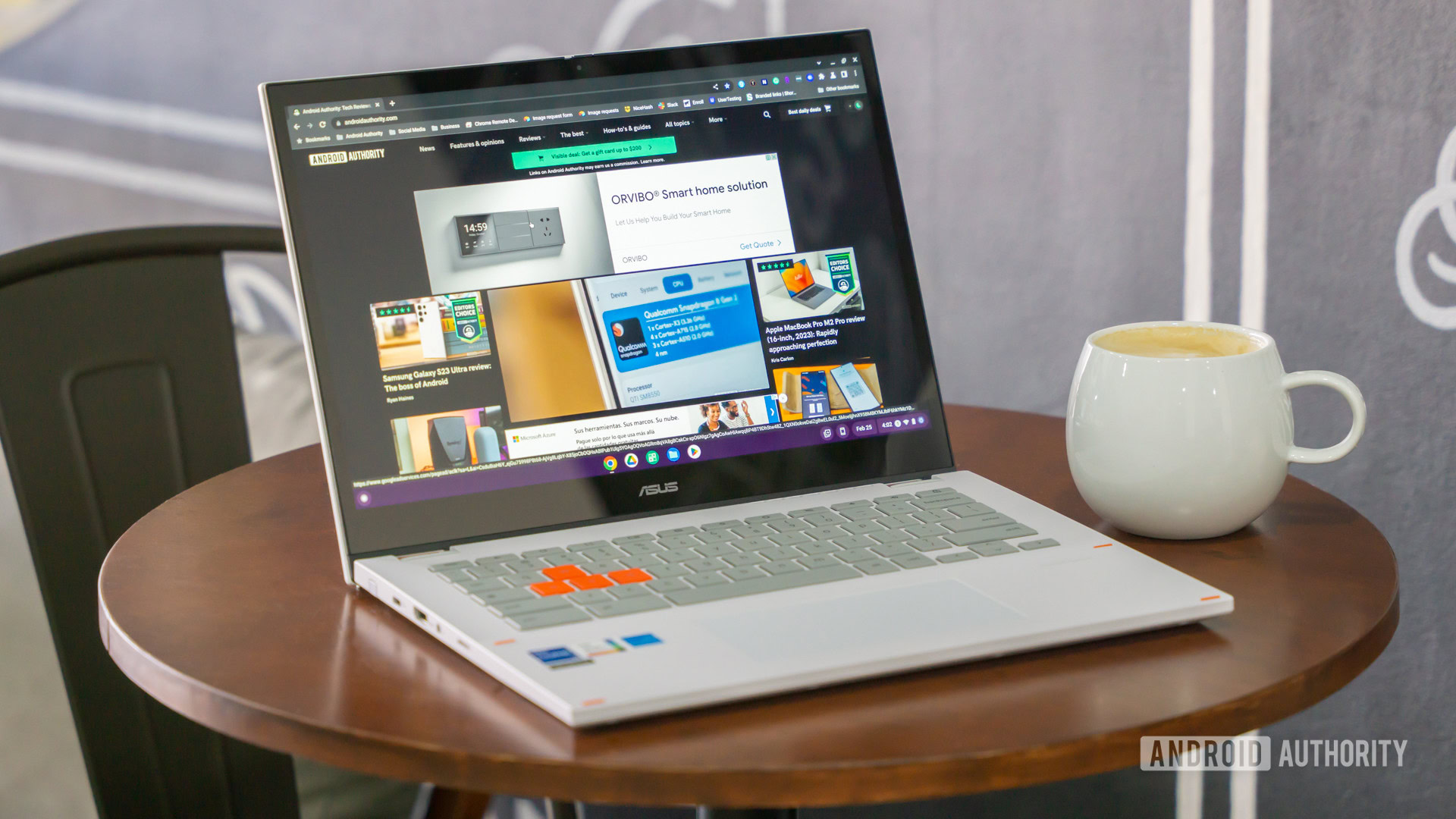Affiliate links on Android Authority may earn us a commission. Learn more.
Chromebooks could be getting ultra-wideband (UWB) in the future

- Google appears to be testing ultra-wideband (UWB) technology on Chromebooks.
- The company is currently testing a few different use cases for the technology.
Although ultra-wideband (UWB) has been around for a while, it’s just now starting to be used in more devices. In fact, the Pixel Watch 2 is rumored to be getting a UWB module. And that might not be the only new Google gadget getting the technology. The company may be planning to start putting UWB in Chromebooks as well.
As discovered by Chrome Unboxed, references to UWB have been found in Chromium Gerrit — an open-source, web-based code collaboration tool where developers can review modifications on source code. It appears that Google is currently testing the technology on Chromebooks.
According to the outlet, Google is specifically testing a few use cases for the technology. Those use cases include Chromebook-to-Chromebook connections, Chromebook-to-phone connections, and versions of those pairings with multiple users instead of one-to-one connections. Since it’s just in the testing phase, it could be a while before we actually see a Chromebook with UWB.
If you aren’t familiar with UWB, it is a short-range wireless communication technology that is energy-efficient, versatile, and cost-efficient. But more importantly, it can transfer data quickly — from 4Mbps to 675Mbps or more — and allows for highly accurate location tracking down to the centimeter. It’s currently used for keyless entry, automation, asset tracking, and more and appears mostly in phones and tracker tags.
Having such technology in a Chromebook could potentially open up new possibilities when it comes to connections. As the publication points out, a shared drive in a room could be quickly and seamlessly accessed by multiple people without the need for cables with UWB. Or you could mirror an app with zero lag.